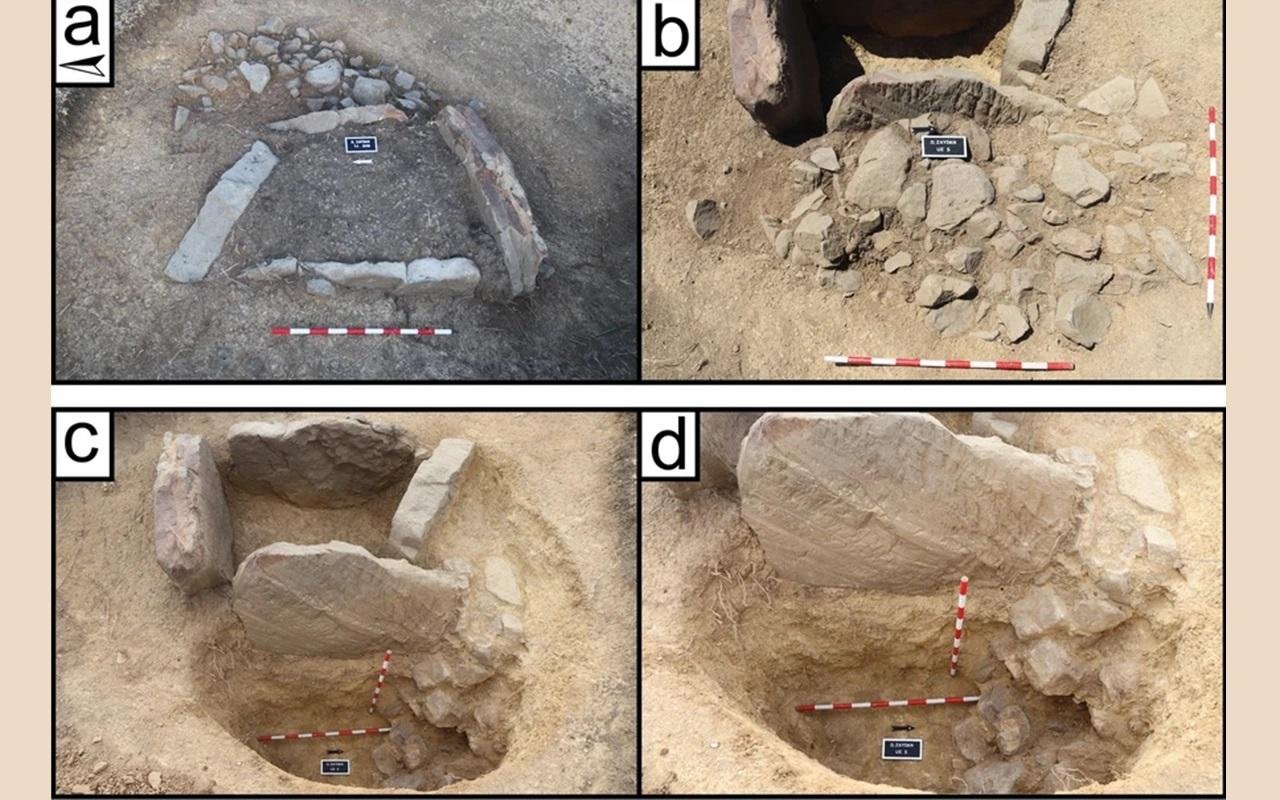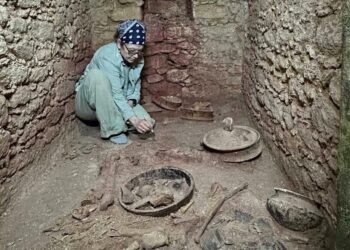A recent study led by Dr. Ana Paula Motta, in collaboration with the Balanggarra Aboriginal Corporation, has uncovered a previously unknown style of rock art in Australia’s north-east Kimberley region. The findings, recently published in Australian Archaeology, propose the addition of a new category to the current Kimberley rock art sequence: the Linear Naturalistic Figures (LNF).

This new LNF style features large, naturalistic depictions of animals, often macropods, that are outlined with strong, linear strokes and often lack the complex infill characteristic of earlier styles. The animals are depicted in static profile positions rather than the dynamic poses of the IIAP. Based on extensive documentation of over 1,100 archaeological sites—151 of them rock art sites—the team identified 98 motifs from 22 sites that align with this new artistic phase.
Contextual analysis further endorsed the uniqueness of the LNF style. Such motifs were imposed over older styles such as IIAP, Gwion (14,000–12,000 years BP), and Static Polychrome (12,000–9,000 BP), but appeared beneath or contemporaneous with Wanjina pictures, some 5,000 years BP to more recent times. This positioning places the LNF in the mid-to-late Holocene, several millennia younger than previously assumed.
“This change in graphic repertoire is interpreted as a paradigmatic shift in how people perceived their landscape and related to art**,”** the researchers wrote. The return to animal forms, after millennia of elaborate anthropomorphic imagery, may point to a deeper cultural and social transformation.
Significantly, the study was carried out in close collaboration with the Balanggarra Aboriginal Corporation, whose input was essential in providing cultural context. Aboriginal knowledge emphasizes totemic relationships among individuals and animals, stemming from shared origins and spiritual connection. The depiction of animals in LNF style may have served as indicators of territorial identity, kinship, and spiritual regeneration at a time when communities were growing territorially defined and socially complex.
By reclassifying previously misclassified art and blending scientific methods with Aboriginal perspectives, this study deepens our understanding of the Kimberley’s cultural history.
Through ongoing study of the LNF style, researchers aim to continue refining its chronology and develop an increased understanding of how art reflected social, spiritual, and environmental changes in ancient Australia.

























I am interested to contribute to the cave rock art paintings in Australia and South South Africa. I am Papuo now PNG and have oral story passed down can assist to uncover the hidden mysteries.
I need your assist to uncover the truth.
Thank you.